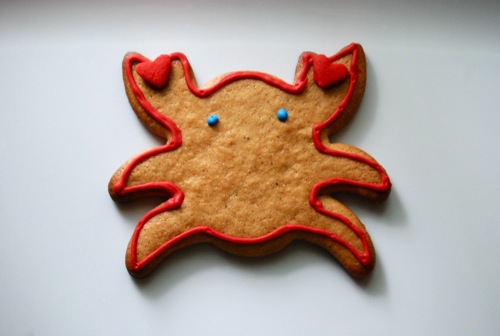
After so many years of low sodium living, I’ve found there’s one place few people notice the absence of salt and that’s the bakery department! While some low-so bread can be bland, when it comes to sweets there’s little discernible difference in taste between low sodium and “regular” versions. So much so that when selling my baked goods commercially, no one’s ever remarked about the lack of salt. In fact the opposite. People RAVE!
Most of you reading this have a sodium restriction that necessitates carefully count of each sodium mile. I’m pleased to say most baked goods can be modified to meet your daily intake simply by dropping the salt and swapping sodium free leaveners for the old standards.

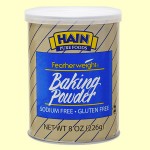
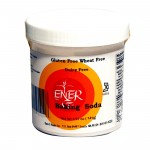
If new to salt free living you may be unfamiliar with these leavening agents. All provide excellent results and can be obtained either in store (in the case of Featherweight sodium free baking powder which is sold at Whole Foods markets nationwide) or online. In any recipe calling for baking powder, simply substitute an equal amount of sodium free baking powder. But when it comes to sodium free baking soda, it’s important to remember to use TWICE as much. That is in recipes calling for “normal” (Arm & Hammer type) baking soda, double the amount of sodium free baking soda. Why? Sodium free baking soda is not as strong, so in order to achieve the same rise you have to use more.
In some cases other ingredient substitutions must be made when baking low sodium desserts. For instance, in my recipes for pumpkin pie and sweet potato pie I use low fat milk or even coconut milk, rather than evaporated or condensed milk.
In worst cases scenarios, items may have to be eliminated altogether or used extra sparingly. Cream cheese comes to mind. I use it in several recipes but in tiny amounts, just enough to add a hint of flavor but not enough to cause damage. Such as in the frosting for my low sodium Carrot Cake.
Bottom line? Get creative. Baking is chemistry, that’s true. But as long as you’re following the basic “rules” recipes can be adapted. The beauty of sweetness lies in its ability to captivate. Who needs salt when your taste buds are in love?
When developing your own salt free baked goods, remember this rule of thumb. You only need 1 t. sodium free baking powder or 1/2 t. sodium free baking soda per cup of flour. You may need a little more in recipes calling for add-ins, such as dried fruits, nuts or chips. But in general this rule holds true. A reason people frequently complain about poor baking results is because their leavening ratio is off. And more often than not they’re using too much rather than too little leavener. Too much baking powder or baking soda (or BOTH) and the batter rises up up UP only to fall flat on its face. You want those air bubbles to support the cake, not buoy it into outer space, pop and fizzle out. Stick to the ratios and you can’t go wrong! Just as you stick to the salt free diet and you can’t go wrong either. 😉

One last note. Some loyal readers of this site aren’t strict salt free dieters. All of the baked goods on The Daily Dish can be made at home without purchasing sodium free leavening agents. Instead of using sodium free baking powder, simply substitute the same amount of regular baking powder. BUT REMEMBER when using baking SODA, use only half the amount of “Arm & Hammer” or other standard baking soda.
PS: For more detailed info regarding baking powder and baking soda in general, consult Joy of Baking.com or the King Arthur Flour website.

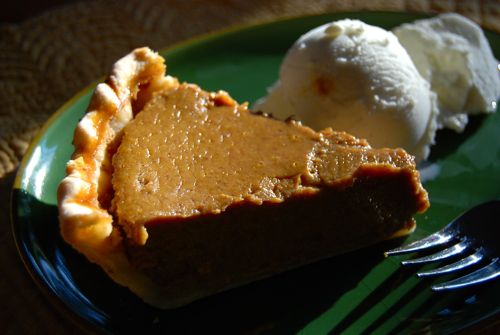
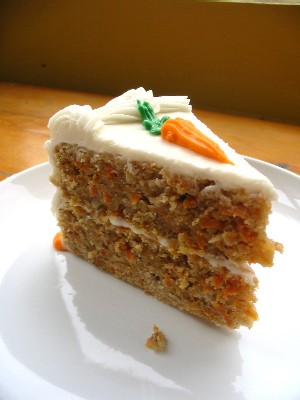
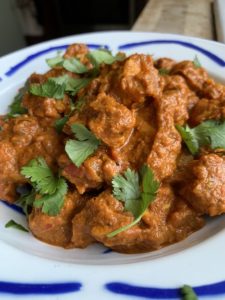

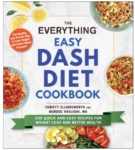
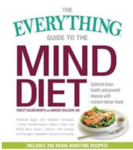
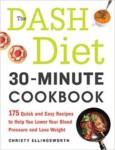
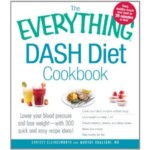
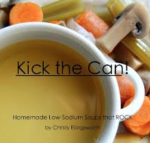
32 Responses to Baking without salt.